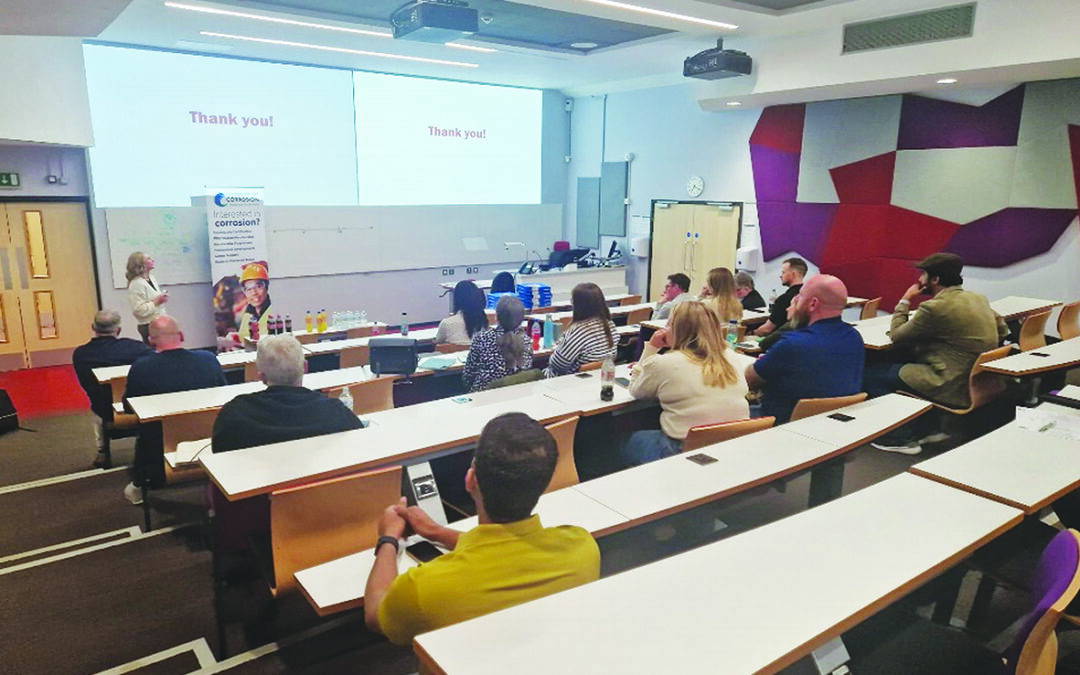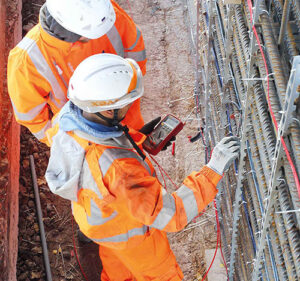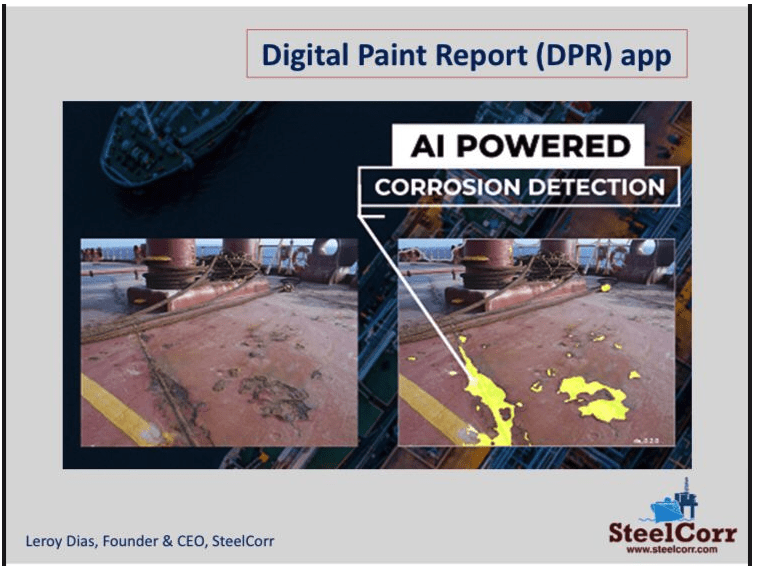The cart is empty!

ICorr Wales and South-West Branch Marks One-Year Anniversary with Joint Event in Cardiff with IOM3 Newport and Cardiff Materials Society
The Wales and South-West Regional Branch of the Institute of Corrosion marked its one-year anniversary with a collaborative event in Cardiff, held in partnership with the IOM3 Newport and Cardiff Materials Society. The event brought together professionals, students, and experts from across the fields of corrosion and materials science for an evening of knowledge sharing, networking, and cross-disciplinary engagement.
Hosted at Cardiff University, the event featured two technical presentations, the first being delivered by Simon Daly, who is a Senior Consultant at Safinah Group. The presentation focused on the growing complexity and importance of passive fire protection (PFP) and protective coatings in large-scale infrastructure projects such as high-rise buildings, stadiums, and data centres. It highlighted the challenges posed by evolving fire scenarios, new materials, and compressed project timelines, emphasising that quality outcomes depend on thorough planning, early-stage specification, and effective coordination across all project phases. Drawing on extensive industry experience, the presentation explored how risks increase and opportunities for value diminish as projects progress, underscoring the need for a proactive, design-first approach and illustrating key lessons through real-world examples of project handoffs and failures.
The second presentation was given by Dr Nicola Emmerson, a practical conservator and lecturer with a focus on the preservation of metallic heritage. The presentation covered the challenges faced by conservators in preserving metal heritage, from historic structures like iron bridges and ships to archaeological artefacts. It discussed how corrosion science is applied to heritage conservation, balancing preservation of original materials with maintaining the object’s intangible historical value. Through research examples conducted at Cardiff University in partnership with heritage organisations, the presentation emphasised the importance of collaboration between corrosion scientists and conservators to develop effective corrosion prevention strategies within ethical and professional guidelines.
Since its launch in 2024, the ICorr Wales and South-West Branch has rapidly grown in momentum, hosting a series of successful technical events and building a strong network of industry professionals, academics, and early-career engineers. The anniversary event not only celebrated this progress but also reinforced the importance of regional collaboration and community in addressing the evolving challenges in corrosion and materials performance. The ICorr Wales and South-West Branch also held its Annual General Meeting (AGM), which provided an important platform to acknowledge the ongoing contributions of the committee members. All members, apart from Ben Capewell, who has resigned from the committee, will continue their roles in driving the organisation’s initiatives forward. The AGM also introduced Syed Umair Niaz Bukhari, who joined the committee as a new member, bringing fresh perspectives and energy to the group.
For more information about the branch and upcoming events, contact: swchair@icorr.org
You can also keep up to date on events by visiting our LinkedIn page; https://www.linkedin.com/groups/12992293/



